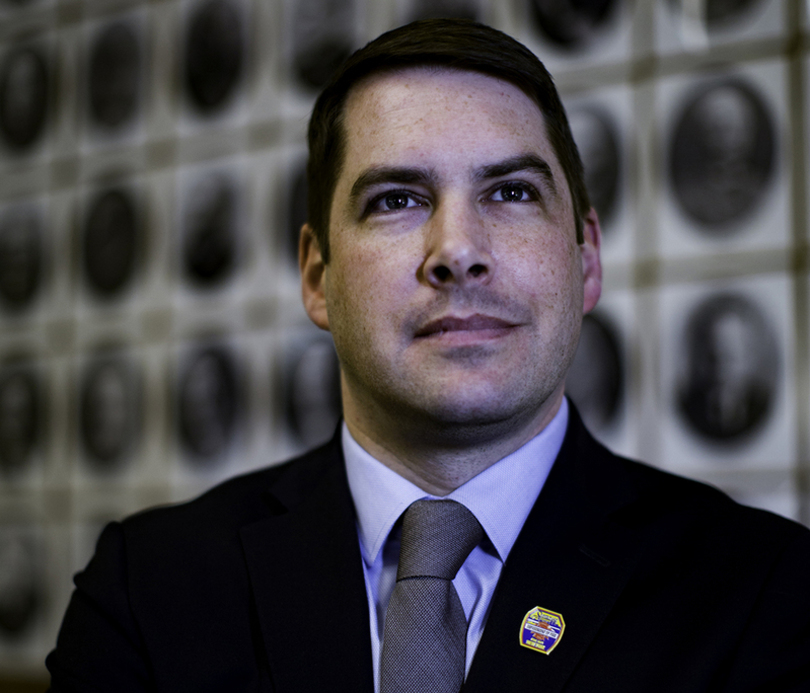‘Syracuse Surge’ idea could modernize our city

In his “State of the City” address, Syracuse Mayor Ben Walsh proposed an initiative worth more than $200 million in public and private investments that aims to modernize the city’s economy. Kai Nguyen | Staff Photographer
On Thursday, the School of Information Studies is sponsoring a talk by Sam Edelstein, chief data officer of the city of Syracuse. The talk is called “Syracuse Surge: The Path to Becoming a Smart City.”
The talk ties into Mayor Ben Walsh’s “State of the City” address, in which he proposed an initiative worth more than $200 million in public and private investments that aims to modernize the city’s economy. Walsh wants to turn Syracuse into New York state’s preeminent smart city.
The initiative has already garnered support from all sides. Gov. Andrew Cuomo (D) recently announced support for the plan in his executive budget proposal. Neighborhood leaders have also praised the mayor for his initiative.
As Syracuse community members, we should learn more about the initiative that could help modernize our city.
Jino Distasio, director of the Institute of Urban Studies, and vice president of research and innovation at the University of Winnipeg, said the best urban development projects are those that involve all stakeholders of the community.
That’s where Walsh’s initiative shines.

Susie Teuscher | Digital Design Editor
Walsh’s initial plan is to purchase more than 17,500 streetlights and convert that entire network into a more efficient smart LED system. This would also allow the city to develop an interconnected grid of streetlights that enable data collection.
The streetlights would have smart software and hardware installed that can be fitted with all types of devices and apps. As a result, the uses for the smart streetlights range from laying down the groundwork for autonomous vehicles to installing cameras and microphones for police use.
The Syracuse Surge initiative also has projects that target the south end of downtown Syracuse.
The mayor has proposed to renovate the abandoned Central High School — known as Central Tech — and turn it into a high school focused on science, technology, engineering, arts and math. The school would target students from inside the Syracuse City School District, but would accept students from other districts, as well.
The students that attend Central Tech would have the opportunity to get a high-quality education in the heart of the city, preparing them for high-paying jobs.
The SUNY Educational Opportunity Center Complex would be further developed to include a new workforce development center, expanding the opportunities for adult vocational training.
Also, the Technology Garden business incubator — which is home to local startup companies working on emerging technologies — would be expanded.
Syracuse Surge is still in a planning stage, and it will take many years to see its full impact, here. The initiative will likely be successful, though, as its multiple projects represent a broad set of interests.
“It’s fundamentally about a broad and long-term time perspective. Individual projects are never successful, but the aggregate of intentional work is something that is significant. You shouldn’t try to knock it out of the park with a single project,” said Robert Shibley, dean of the School of Architecture and Planning at the University at Buffalo.
Santiago Hernandez is a finance major. His column runs biweekly. He can be reached at sherna06@syr.edu.





